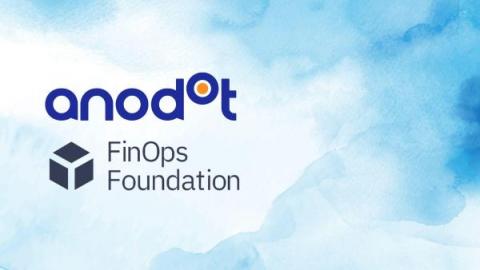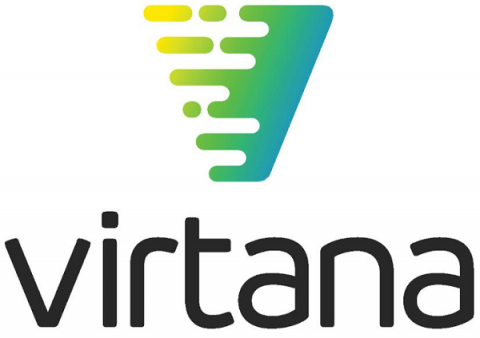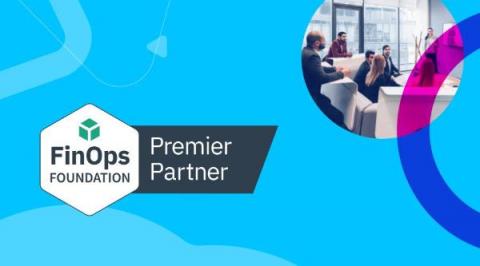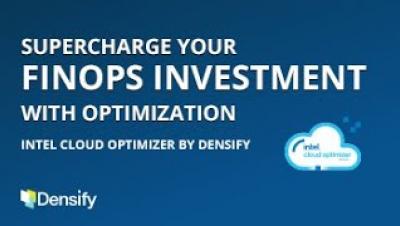Measuring Cloud Unit Costs for FinOps
Cloud adoption has been on an upward trajectory for over a decade with no signs of slowing down. As widescale migration becomes the norm, organizations are realizing cloud financial management — also referred to as FinOps — is critical to creating long term value in the cloud. Building a culture of financial discipline requires visibility and a strategy for measuring success along the way.









